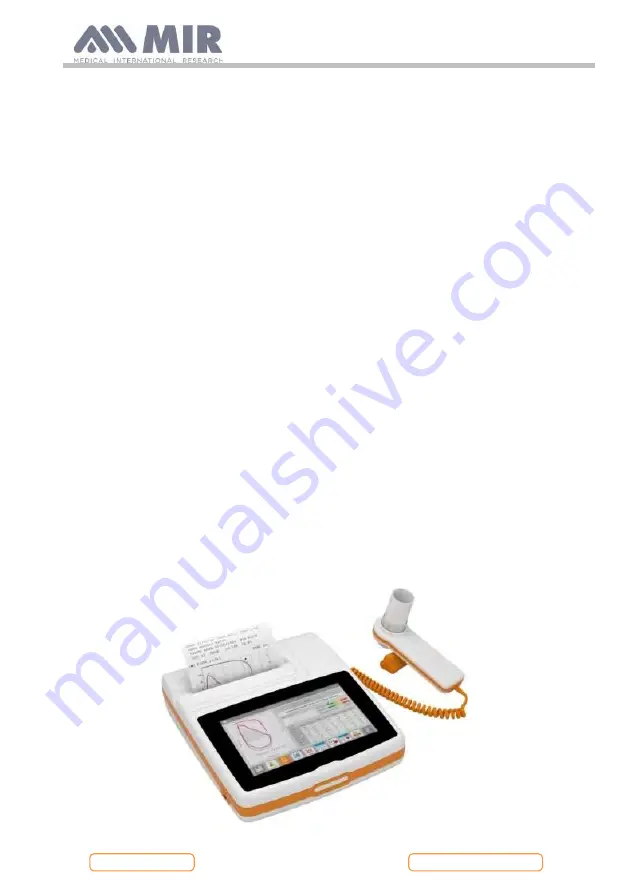
Spirolab
Rev.1.8
Page 16 of 60
Vinyl envelopes used to organise documents
600-7000 Volts
Worker at a table
700-6000 Volts
If two elements have different charge values, their coming into contact could cause an
electrostatic discharge spark. This quick and spontaneous transfer of charge can lead to
overheating or melting of circuits in electronic components.
A latent defect can occur when an element sensitive to ESD is exposed to an ESD event
and is partially damaged by it. The device can continue to function normally and the
damage may not be detected by routine checks, but intermittent or persistent damage can
occur even after a long time.
With ESD materials, charges go to ground or to another conductive object that the
material contacts. Dissipative materials allow charges to flow to ground more slowly than
with conductive materials of equal size. Common plastics and glass can act as insulators.
An insulator retains charges and these cannot be transferred to ground. Both conductors
and insulators can be charged with electrostatic charges and discharged. Grounding is a
very efficient instrument against ESD, but only conductors can be connected to ground.
The fundamental principles of control against ESD are:
Grounding of all conductors, including people
Removing insulators and replacing them with ESD-safe versions
Using ionisers
Paying attention to areas that are not ESD-safe, e.g. using ESD-safe product packaging
1.4
Product description
Spirolab
is a portable spirometer that can also features a pulse oximeter feature (optional).
The device can operate completely autonomously or can be connected to a personal
computer by means of USB or Bluetooth connections; the device can be connected to an
external printer via USB.
















































